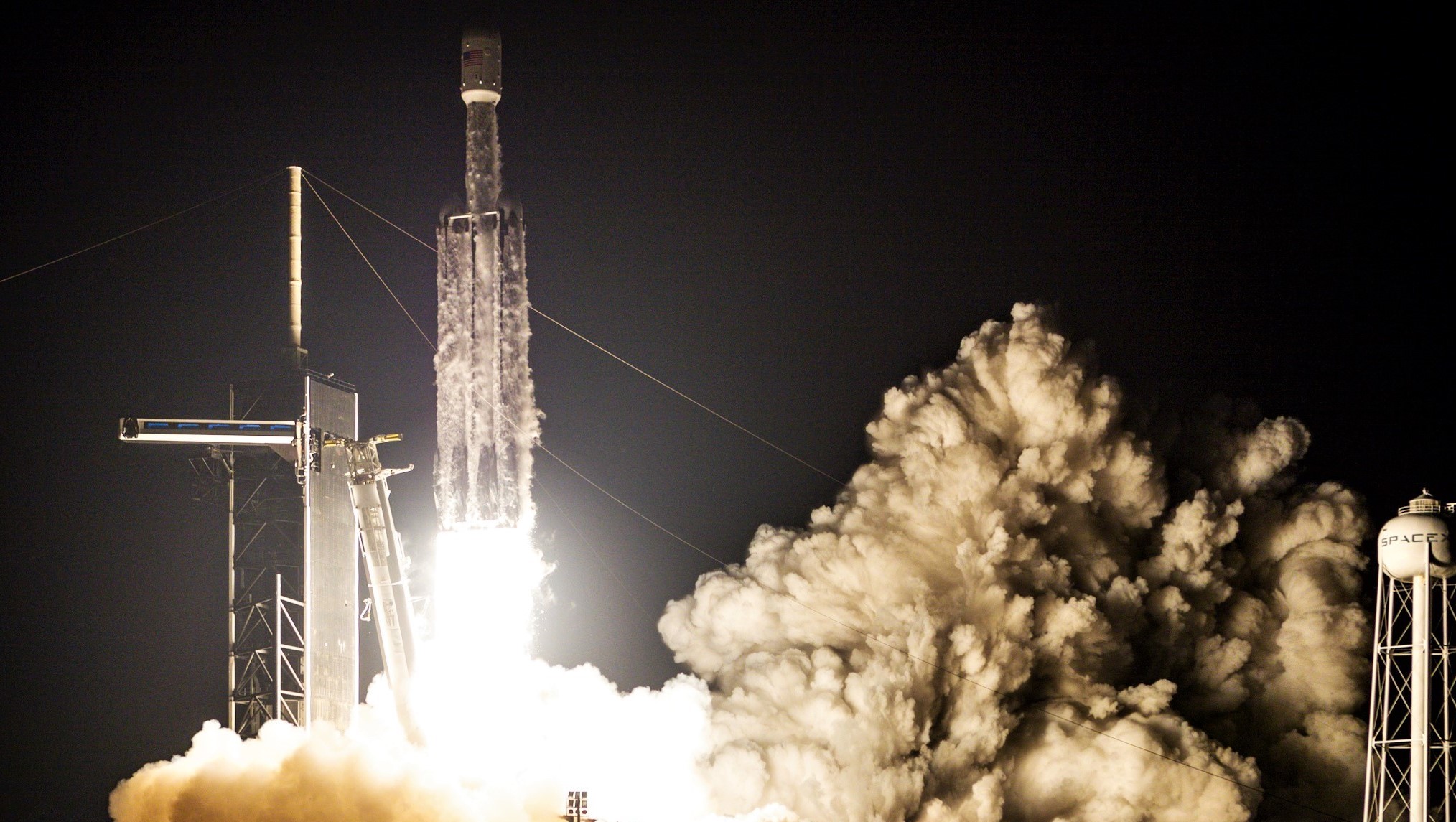
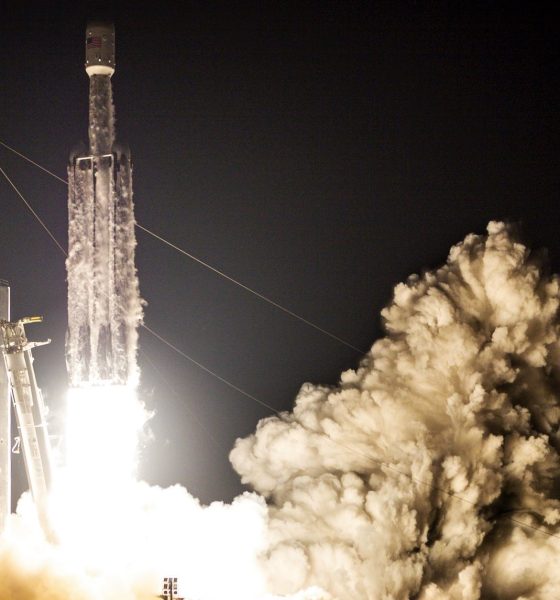
News
SpaceX Falcon Heavy beats out ULA Vulcan rocket for NASA Moon rover launch
SpaceX’s Falcon Heavy rocket appears to have edged out competitor United Launch Alliance’s (ULA) next-generation Vulcan Centaur launch vehicle to send a NASA rover and commercial lander to the Moon in 2023.
Back in August 2019, not long after NASA first began announcing significant contracts under its Commercial Lunar Payload Services (CLPS) program, startup Astrobotic announced that it contracted with ULA to launch its first small “Peregrine” lander and a dozen or so attached NASA payloads to the Moon in 2021. Rather than the extremely expensive but operational Atlas V rocket, the startup instead chose to manifest Peregrine on the first launch of Vulcan Centaur, a new ULA rocket meant to replace both Atlas V and Delta IV Heavy.
Less than two years later, Astrobotic has decided to purchase a dedicated launch from SpaceX – not ULA – for even larger “Griffin” lander that aims to deliver NASA’s ice-prospecting VIPER rover to the Moon and kick off the exploration of permanently-shadowed craters at its south pole.
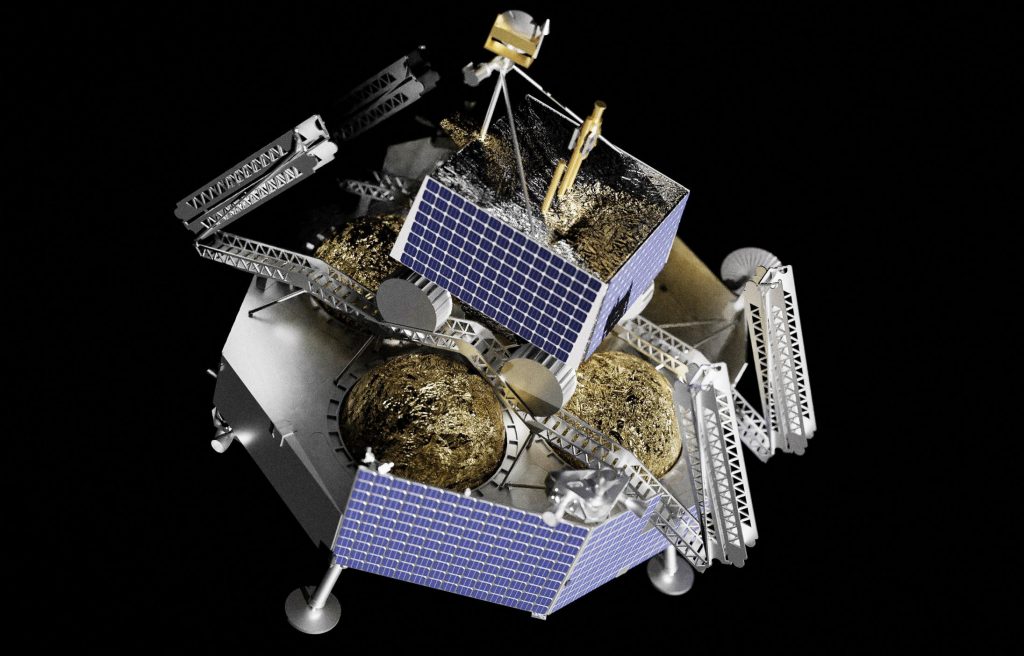
Back in August 2019, Astrobotic’s announcement stated that “it selected United Launch Alliance’s (ULA) Vulcan Centaur rocket in a [highly competitive commercial process].” It later became clear that the Peregrine lander – while still scheduled to be sent directly to the Moon on a trans-lunar injection (TLI) trajectory – would not be the only payload on the mission. None of Vulcan Flight 1’s other payloads are known, but the presence of other paying customers helps explain how Vulcan beat SpaceX for the contract.
More importantly, companies willing to risk their payload(s) on new rockets have historically been enticed to overlook some of that first-flight risk with major discounts. In other words, in the often unlikely event that a company manages to sell a commercial rocket’s first launch, it’s incredibly unlikely that the same rocket will ever sell that cheaply again.
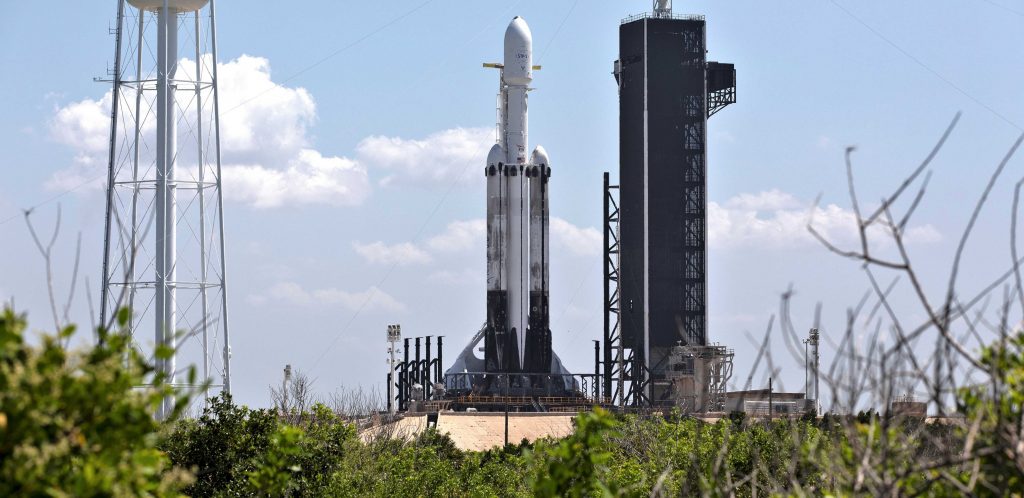
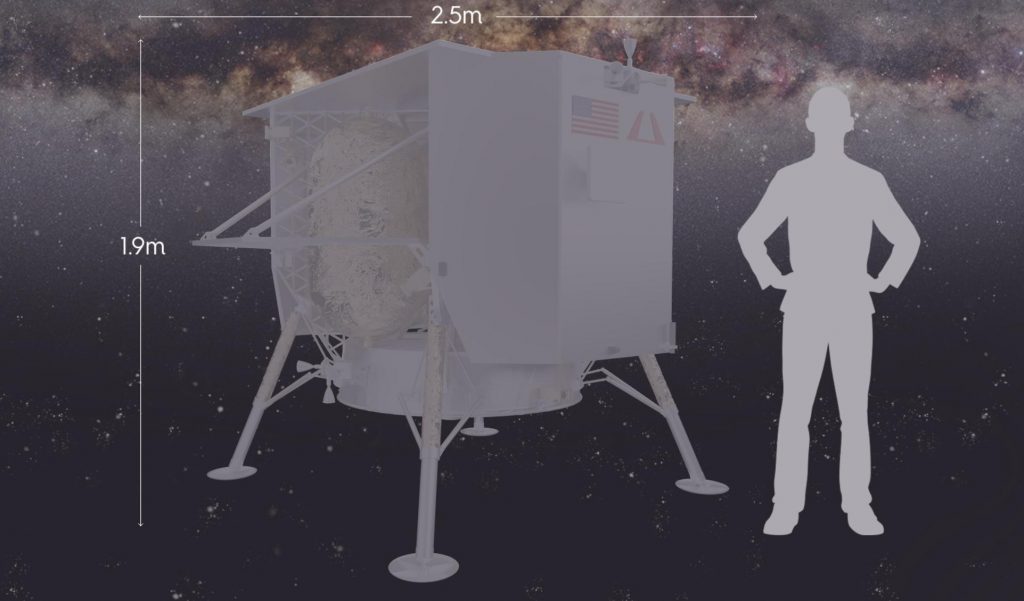
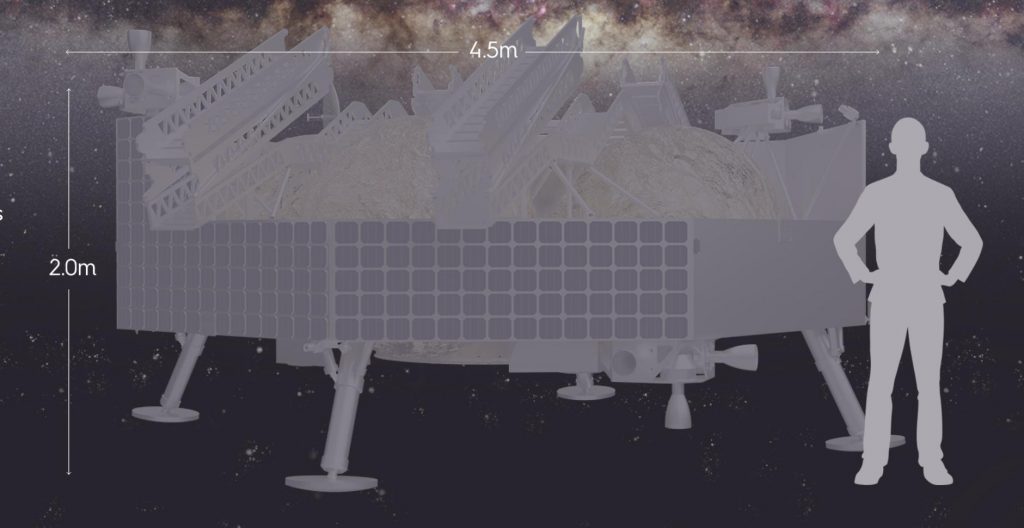
That appears to be exactly the case for ULA’s Vulcan Centaur rocket, which secured a lunar lander contract for its launch debut only to lose a similar lunar lander launch contract from the same company – well within the range of Vulcan’s claimed capabilities – less than two years later. If SpaceX’s relatively expensive Falcon Heavy managed to beat early Vulcan launch pricing, there is virtually no chance whatsoever that Vulcan Centaur will ever be able to commercially compete with Falcon 9.
In fact, back in 2015 when Astrobotic began making noise about its plans to build commercial Moon landers, the larger Griffin was expected to weigh some 2220 kg (~4900 lb) fully-fueled and – when combined with SpaceX’s Falcon 9 workhorse – be able to land payloads as large as 270 kg (~600 lb) on the Moon. It’s unclear if that figure assumed an expendable Falcon 9 launch or if it was using numbers from the rocket’s most powerful variant, which was still a few years away at the time.
Either way, NASA’s VIPER lander – expected to have a launch mass of ~430 kg (~950 lb) – is a bit too heavy for a single-stick Falcon 9 flight to TLI. It’s also reasonable to assume that Griffin’s dry and fueled mass has grown substantially after more than half a decade of design maturation and the first Peregrine lander reaching the hardware production and assembly phase. While Falcon 9 narrowly falls short of the performance needed for Griffin/VIPER, a fully recoverable Falcon Heavy is capable of launching more than 6.5 metric tons to TLI, offering a safety margin of almost 100%.
Astrobotic says it has purchased a dedicated Falcon Heavy launch for Griffin-1 and VIPER, but it would be far from surprising to see one or multiple secondary payloads find their way onto a mission with multiple tons of extra capacity. Presumably assuming that its Q4 2021 or early 2022 Peregrine Moon landing debut is successful, Astrobotic and SpaceX aim to land Griffin-1 and NASA’s VIPER rover on the Moon as early as “late 2023.”

News
Tesla FSD fleet is nearing 7 billion total miles, including 2.5 billion city miles
As can be seen on Tesla’s official FSD webpage, vehicles equipped with the system have now navigated over 6.99 billion miles.

Tesla’s Full Self-Driving (Supervised) fleet is closing in on almost 7 billion total miles driven, as per data posted by the company on its official FSD webpage.
These figures hint at the massive scale of data fueling Tesla’s rapid FSD improvements, which have been quite notable as of late.
FSD mileage milestones
As can be seen on Tesla’s official FSD webpage, vehicles equipped with the system have now navigated over 6.99 billion miles. Tesla owner and avid FSD tester Whole Mars Catalog also shared a screenshot indicating that from the nearly 7 billion miles traveled by the FSD fleet, more than 2.5 billion miles were driven inside cities.
City miles are particularly valuable for complex urban scenarios like unprotected turns, pedestrian interactions, and traffic lights. This is also the difference-maker for FSD, as only complex solutions, such as Waymo’s self-driving taxis, operate similarly on inner-city streets. And even then, incidents such as the San Francisco blackouts have proven challenging for sensor-rich vehicles like Waymos.
Tesla’s data edge
Tesla has a number of advantages in the autonomous vehicle sector, one of which is the size of its fleet and the number of vehicles training FSD on real-world roads. Tesla’s nearly 7 billion FSD miles then allow the company to roll out updates that make its vehicles behave like they are being driven by experienced drivers, even if they are operating on their own.
So notable are Tesla’s improvements to FSD that NVIDIA Director of Robotics Jim Fan, after experiencing FSD v14, noted that the system is the first AI that passes what he described as a “Physical Turing Test.”
“Despite knowing exactly how robot learning works, I still find it magical watching the steering wheel turn by itself. First it feels surreal, next it becomes routine. Then, like the smartphone, taking it away actively hurts. This is how humanity gets rewired and glued to god-like technologies,” Fan wrote in a post on X.
News
Tesla starts showing how FSD will change lives in Europe
Local officials tested the system on narrow country roads and were impressed by FSD’s smooth, human-like driving, with some calling the service a game-changer for everyday life in areas that are far from urban centers.

Tesla has launched Europe’s first public shuttle service using Full Self-Driving (Supervised) in the rural Eifelkreis Bitburg-Prüm region of Germany, demonstrating how the technology can restore independence and mobility for people who struggle with limited transport options.
Local officials tested the system on narrow country roads and were impressed by FSD’s smooth, human-like driving, with some calling the service a game-changer for everyday life in areas that are far from urban centers.
Officials see real impact on rural residents
Arzfeld Mayor Johannes Kuhl and District Administrator Andreas Kruppert personally tested the Tesla shuttle service. This allowed them to see just how well FSD navigated winding lanes and rural roads confidently. Kruppert said, “Autonomous driving sounds like science fiction to many, but we simply see here that it works totally well in rural regions too.” Kuhl, for his part, also noted that FSD “feels like a very experienced driver.”
The pilot complements the area’s “Citizen Bus” program, which provides on-demand rides for elderly residents who can no longer drive themselves. Tesla Europe shared a video of a demonstration of the service, highlighting how FSD gives people their freedom back, even in places where public transport is not as prevalent.
What the Ministry for Economic Affairs and Transport says
Rhineland-Palatinate’s Minister Daniela Schmitt supported the project, praising the collaboration that made this “first of its kind in Europe” possible. As per the ministry, the rural rollout for the service shows FSD’s potential beyond major cities, and it delivers tangible benefits like grocery runs, doctor visits, and social connections for isolated residents.
“Reliable and flexible mobility is especially vital in rural areas. With the launch of a shuttle service using self-driving vehicles (FSD supervised) by Tesla in the Eifelkreis Bitburg-Prüm, an innovative pilot project is now getting underway that complements local community bus services. It is the first project of its kind in Europe.
“The result is a real gain for rural mobility: greater accessibility, more flexibility and tangible benefits for everyday life. A strong signal for innovation, cooperation and future-oriented mobility beyond urban centers,” the ministry wrote in a LinkedIn post.
News
Tesla China quietly posts Robotaxi-related job listing
Tesla China is currently seeking a Low Voltage Electrical Engineer to work on circuit board design for the company’s autonomous vehicles.

Tesla has posted a new job listing in Shanghai explicitly tied to its Robotaxi program, fueling speculation that the company is preparing to launch its dedicated autonomous ride-hailing service in China.
As noted in the listing, Tesla China is currently seeking a Low Voltage Electrical Engineer to work on circuit board design for the company’s autonomous vehicles.
Robotaxi-specific role
The listing, which was shared on social media platform X by industry watcher @tslaming, suggested that Tesla China is looking to fill the role urgently. The job listing itself specifically mentions that the person hired for the role will be working on the Low Voltage Hardware team, which would design the circuit boards that would serve as the nervous system of the Robotaxi.
Key tasks for the role, as indicated in the job listing, include collaboration with PCB layout, firmware, mechanical, program management, and validation teams, among other responsibilities. The role is based in Shanghai.
China Robotaxi launch
China represents a massive potential market for robotaxis, with its dense urban centers and supportive policies in select cities. Tesla has limited permission to roll out FSD in the country, though despite this, its vehicles have been hailed as among the best in the market when it comes to autonomous features. So far, at least, it appears that China supports Tesla’s FSD and Robotaxi rollout.
This was hinted at in November, when Tesla brought the Cybercab to the 8th China International Import Expo (CIIE) in Shanghai, marking the first time that the autonomous two-seater was brought to the Asia-Pacific region. The vehicle, despite not having a release date in China, received a significant amount of interest among the event’s attendees.








